New Pet Flea Medications: What Risks Are You Overlooking?
![]()
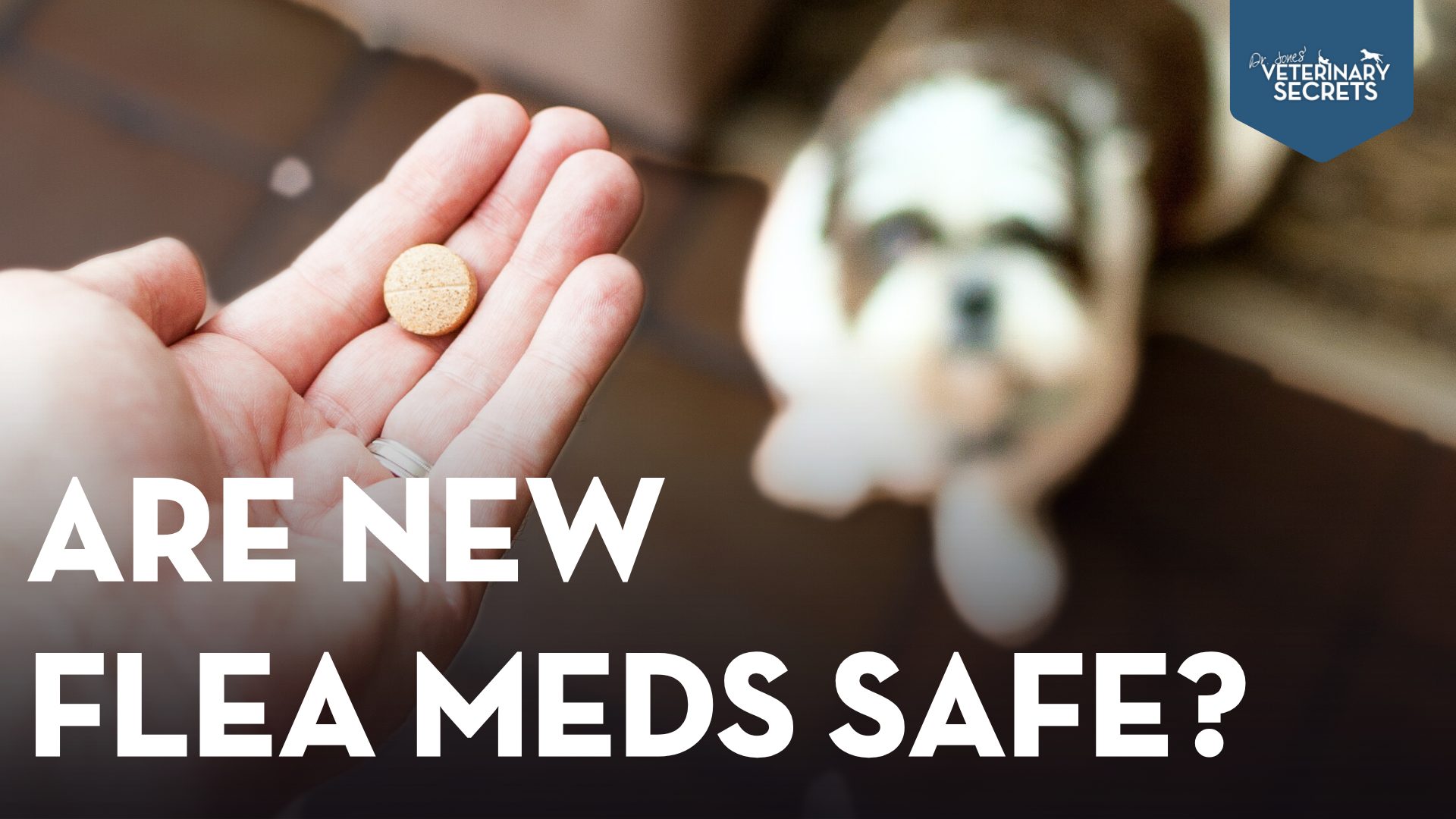
Effective Flea and Tick Medications: What You Need to Know for Your Pets
I’ve seen how convenient it can be to give your dog or cat a pill every 12 weeks to keep fleas and ticks at bay. These medications are incredibly effective at preventing infestations, and you won’t have to worry about these pests for a while. However, there’s an important consideration: while these treatments work wonders in controlling fleas and ticks, the ongoing internal exposure to the pesticides can lead to some serious health issues down the line.
The Dangers of Pesticides in Flea and Tick Medications
The key thing to remember is that while these medications kill fleas and ticks, they also expose your pet to chemical substances that can accumulate in their system over time. This buildup can potentially lead to liver and kidney issues, neurological problems, and other health concerns. That’s why, as a pet owner, it’s important to weigh the benefits against the potential risks.
What to Do If You Live in a High-Risk Area or Have an Infestation
Now, in certain cases—especially if you live in an area where ticks are a major problem, or if you’re dealing with a serious infestation—you may need to use these medications to protect your pet. If that’s the case, it’s crucial to also support your pet’s liver health. The liver plays a major role in detoxifying the body, and if it’s overburdened with toxins, it can struggle to keep up.
Supporting Your Pet’s Liver with Dr. Jones’ Ultimate Liver Support Formula
That’s where my Dr. Jones’ Ultimate Liver Support Formula Soft Chews come in. This powerful formula, enriched with Milk Thistle and SAMe, is designed to support your pet’s liver and help detoxify their system. This is particularly important when using flea and tick medications that place additional strain on the liver.

Check it out now and ensure your furry friend’s health is supported from the inside out.
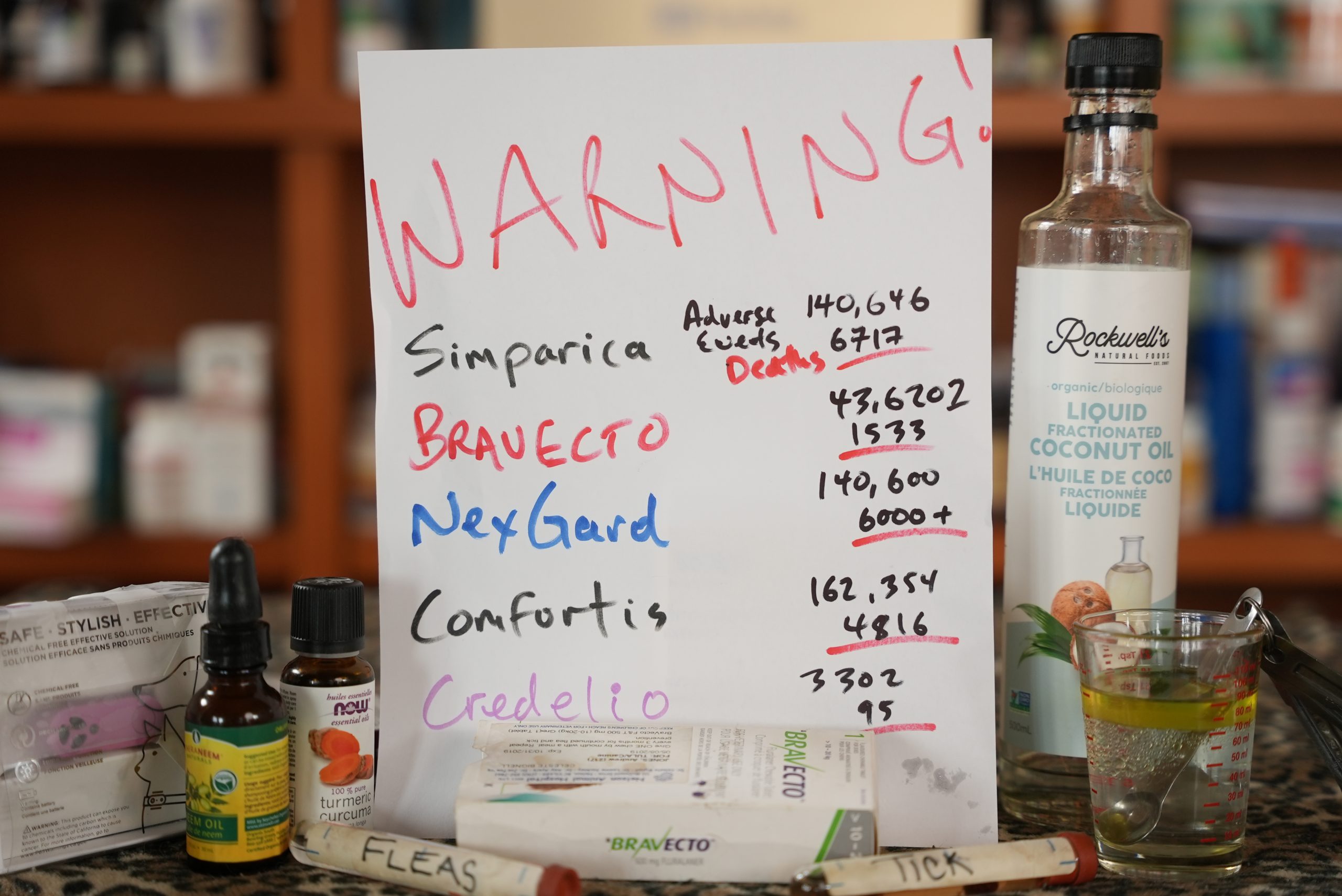
What Are These New Flea and Tick Preventives?
I’ve seen a significant rise in the use of flea and tick preventives such as Simparica, Bravecto, Nexgard, Comfortis, and Credelio. These medications fall into two main classes of drugs—isoxazolines and spinosad—each designed to target parasites by affecting their nervous system, ultimately leading to paralysis and death.
Here’s a quick breakdown of how they work:
-
Isoxazolines (Simparica, Bravecto, Nexgard, Credelio): These block chloride channels in nerve cells, causing uncontrolled stimulation and paralysis of fleas and ticks.
-
Spinosad (Comfortis): This drug overstimulates the nervous system of parasites, leading to their death.
While these preventives are designed to target only the fleas and ticks, they don’t always stay confined to them. Unfortunately, they can also affect your pets.
How Do These Medications Affect Dogs and Cats?
While medications like Bravecto may seem convenient—offering protection with just one pill every three months—there are potential risks involved. When your dog ingests the pill, it enters the bloodstream, crossing the blood-brain barrier and affecting their brain and nervous system.
Serious Side Effects
While side effects aren’t guaranteed, I’ve seen many pets experience them. These can include:
-
Seizures
-
Ataxia (lack of coordination)
-
Weakness
-
Behavioral changes (such as increased aggression or abnormal behavior)
-
Lethargy
-
Loss of appetite
-
In severe cases, even death
Some dogs, particularly those with the MDR1 gene mutation (common in breeds like Collies, Australian Shepherds, and Whippets), are more susceptible to these side effects because they can’t process certain medications properly.
The Alarming Number of Adverse Events and Deaths
While it’s difficult to get an accurate count of adverse events and deaths caused by these flea and tick preventives, the available data is concerning. Here’s what we know:
-
Simparica: Over 140,000 reported adverse events and more than 6,700 deaths
-
Bravecto: Over 43,000 adverse events and 1,500 deaths
-
Nexgard: Over 140,600 adverse events and over 6,000 deaths
-
Comfortis: Over 162,354 adverse events and 4,800 deaths
-
Credelio: Over 3,300 adverse events and 95 deaths
Experts believe these numbers are underreported, with less than 10% of adverse events actually being reported. That means the true numbers are likely much higher.
Concerns Over Long-Term Use and Cancer Risk
One of the most concerning issues with these flea and tick preventives is the potential for long-term damage. Repeated use over time may affect your pet’s immune and nervous systems. Some experts, including myself, are worried that prolonged exposure to these drugs may increase the risk of cancer, particularly lymphoma—a cancer that affects the lymphatic system.
Because these medications cross the blood-brain barrier and can potentially cause neurologic inflammation, long-term use could be harmful to your dog or cat.
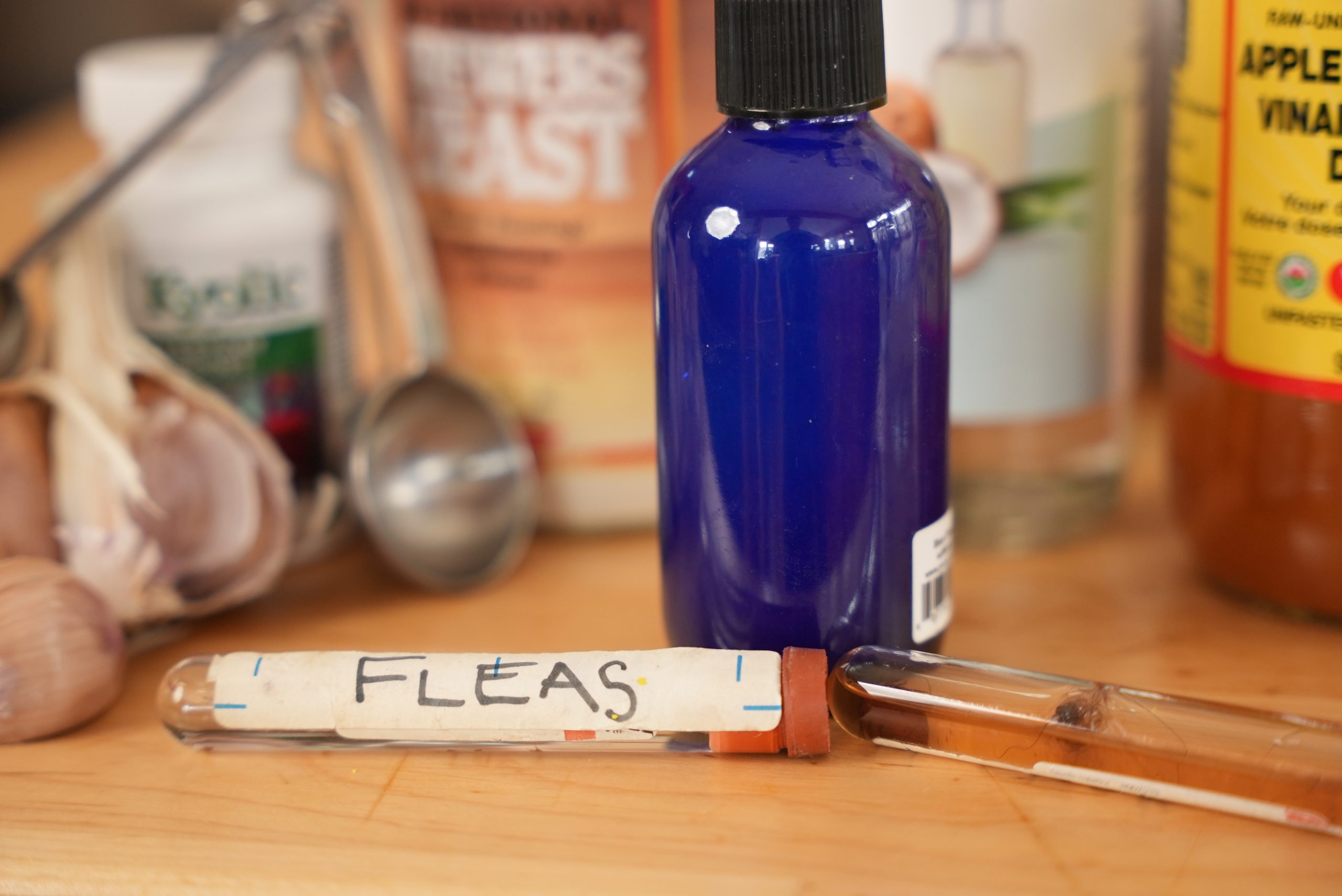
Weighing the Risks: Flea and Tick Prevention vs. Health Risks
The question we need to ask ourselves is: are the benefits of these medications worth the potential long-term risks to our pets? If you live in an area where fleas are seasonal and ticks aren’t a major concern, it might be worth considering alternative options.
Personally, where I live, we do have ticks, but they tend to be in areas with a lot of sun. When I take my dog hiking in these areas, I make sure to thoroughly check her afterward. Fleas are a nuisance but not a serious health risk, so I’d only consider medication if I lived in an area with a significant flea or tick problem.
Natural Alternatives for Flea and Tick Prevention
If you’re concerned about the potential risks of long-term medication use, here are a few natural alternatives to help protect your dog without compromising their health:
1. Control Ticks Around Your Home and Yard
One natural and effective way to control ticks around your home is using Garlic Barrier, a garlic-based spray. Garlic is toxic to ticks and can significantly reduce their population in your yard, where your dog is most likely to encounter them.
2. Homemade Flea and Tick Spray
A DIY repellent spray made with essential oils is another great option. A combination of turmeric oil and neem oil has been shown to effectively repel ticks. Both oils have anti-tick properties and are safe for use on your dog when diluted properly. Here’s a simple recipe:
-
5 tbsp coconut oil
-
2 tbsp turmeric oil
-
1 tbsp neem oil
-
30 ml witch hazel with aloe
Mix these ingredients well, then spray your dog twice a week. Use a flea comb to ensure even coverage.
3. Ultrasonic Flea and Tick Repellent
For a non-toxic solution, you can also try an ultrasonic device like the Tickless Mini, which attaches to your dog’s collar. This device emits ultrasonic waves that repel ticks, providing a chemical-free way to keep your dog safe.
Heal Your Pet At Home!
If you’re looking for safer, natural alternatives to keep your pet protected from fleas and ticks, these options can help—without the risks of harmful medications.

P.S. Should You Be Cautious of Flea and Tick Medications?
Yes, absolutely. It’s important to carefully consider the long-term health risks before choosing flea and tick preventives. Natural alternatives may be a safer option, especially if you live in a less-risky area.
P.P.S. If you do need to use these medications, particularly in areas with high tick populations, make sure to support your pet’s liver health. We’ve developed a unique formulation with ingredients like SAMe, Milk Thistle, and Turmeric, designed to support liver function. Tula, my own dog, loves them! You can grab our new Liver Support Soft Chews now for 20% off.





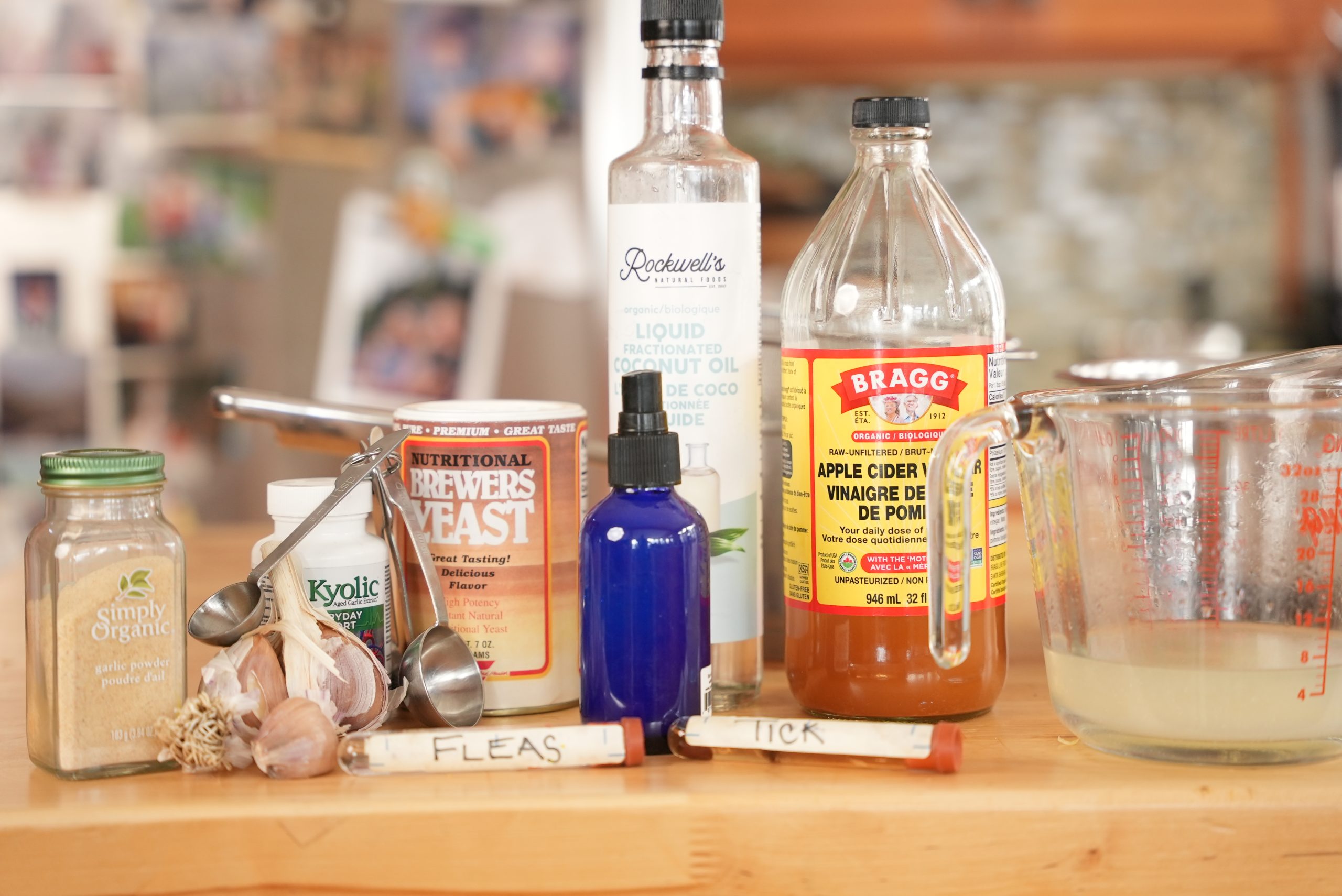
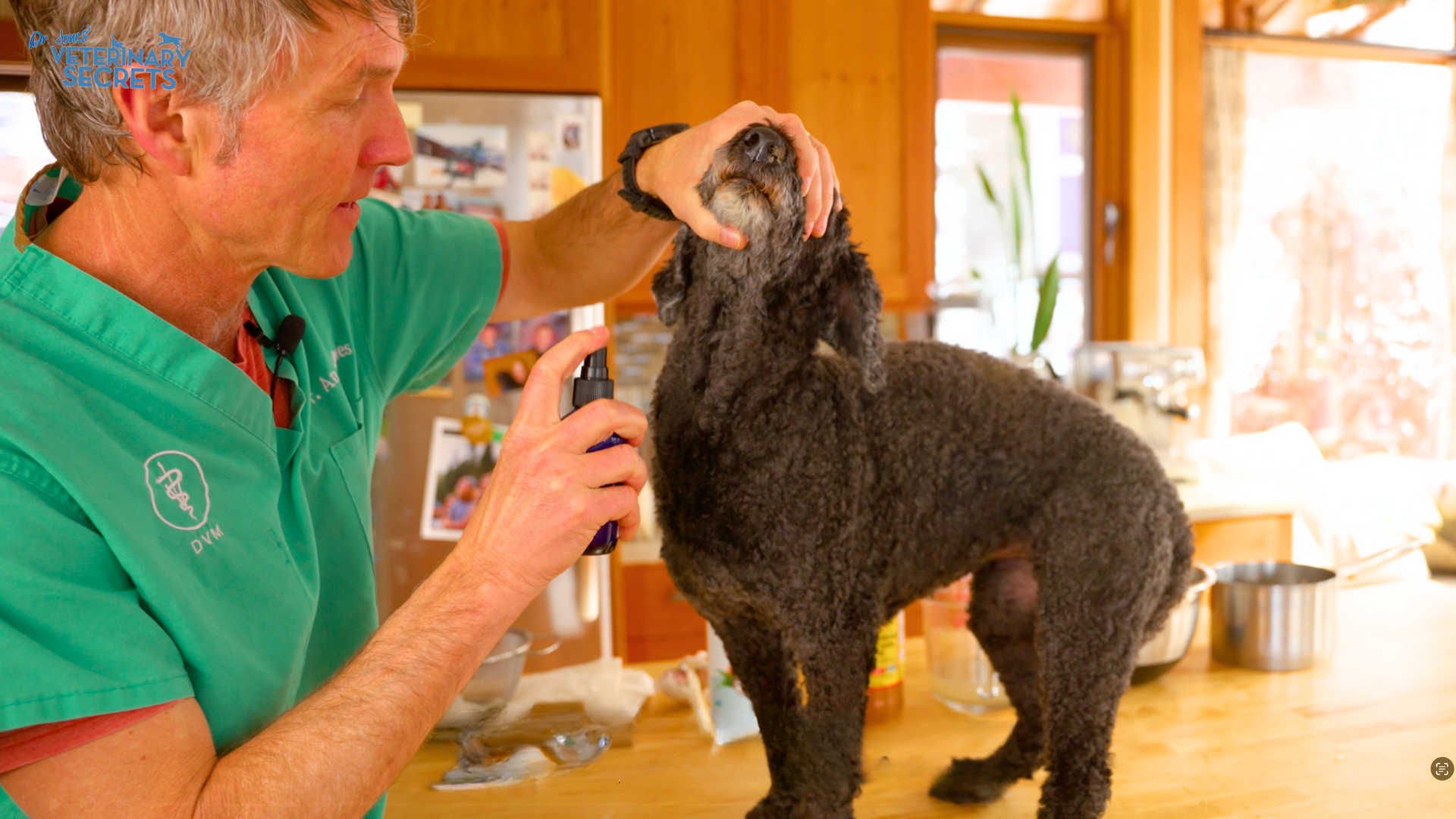







what about cats, will the spray you mentioned to put on dogs work for cats? I heard neem oil is toxic for cats?
While neem oil is sometimes used in flea treatments for dogs, it’s important to exercise caution when considering its use for cats. Cats are particularly sensitive to certain substances, and neem oil can pose risks to their health.
Risks of Using Neem Oil on Cats
Toxicity: Ingesting or absorbing neem oil can lead to symptoms such as vomiting, diarrhea, excessive drooling, lethargy, and disorientation in cats. These signs indicate potential toxicity and require immediate veterinary attention
Skin Irritation: Even when diluted, neem oil can cause skin irritation or allergic reactions in some cats. Given that cats groom themselves frequently, there’s a risk of ingesting the oil, which can lead to adverse effects
Lack of Veterinary Support: There is limited veterinary research on the safety and efficacy of neem oil for cats. Some studies have reported adverse reactions, including neurological symptoms, in cats exposed to neem oil
Safer Alternatives for Cats
Given the potential risks associated with neem oil, it’s advisable to explore safer, cat-friendly alternatives for flea and tick prevention:
Feline-Specific Flea Treatments: Use products specifically formulated for cats, such as topical treatments or collars, which are designed to be safe and effective for feline use.
Regular Grooming: Frequent brushing and bathing (if your cat tolerates it) can help remove fleas and ticks.
Environmental Control: Regularly clean your cat’s living environment, including bedding and resting areas, to reduce the presence of parasites.
It doesn’t seem that there are many options for cats that go out. Cats are so sensitive to odor and lick themselves incessantly. I can’t cover my cat in diatomaceous earth like I do my Doberman. Are there any topical that are less toxic overall? I only do every 6mo. I monitor for fleas in-between. This is a difficult situation.
The safest approach is usually minimizing chemicals: rely on regular flea-comb checks, keeping the home and bedding clean, and using a cat-specific topical only when absolutely necessary, not routinely. Products made for dogs, essential-oil sprays, and powders like diatomaceous earth on the cat should be avoided due to toxicity and irritation risks. For a cat that goes outside, careful monitoring plus only occasional, vet-approved treatment is generally the least-toxic strategy.